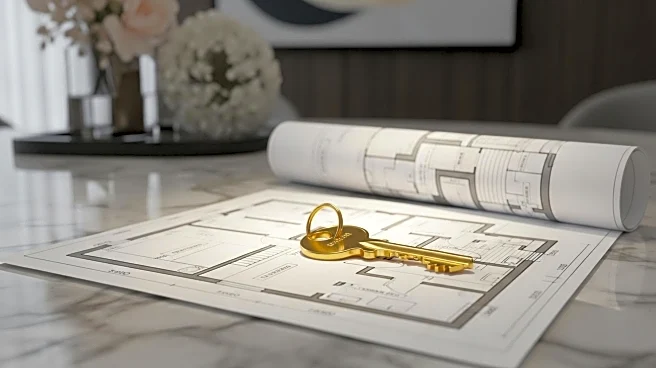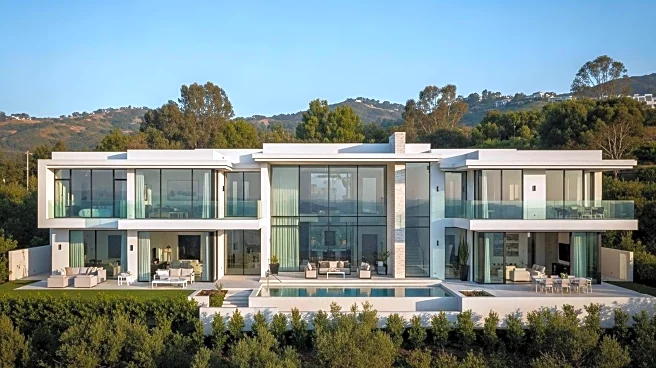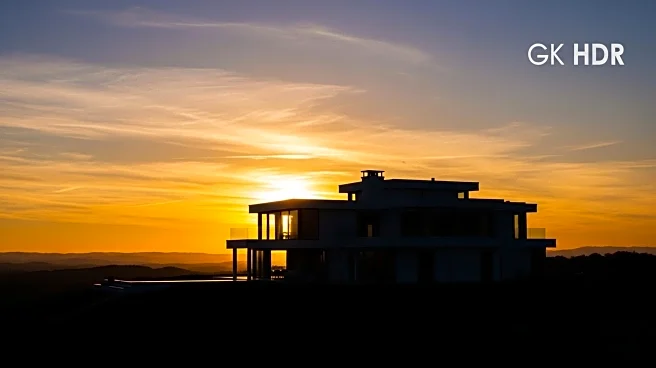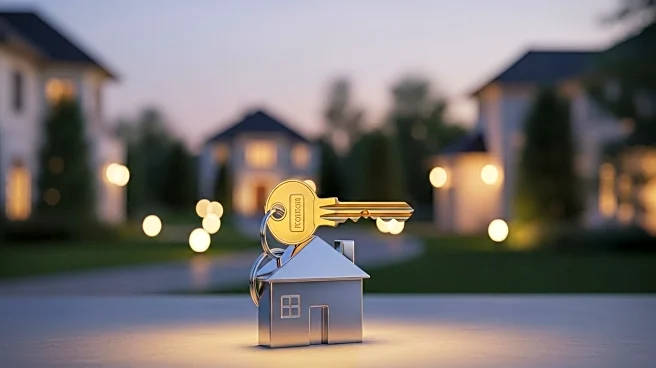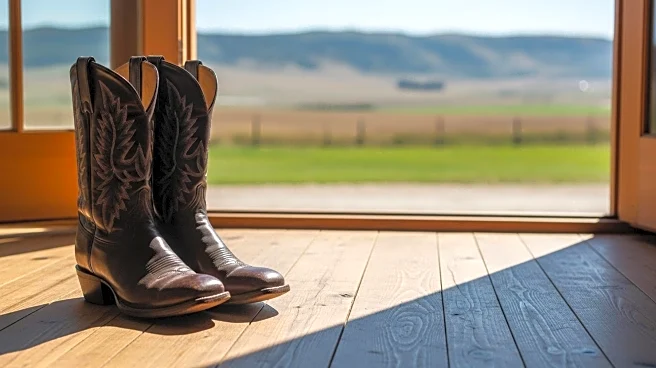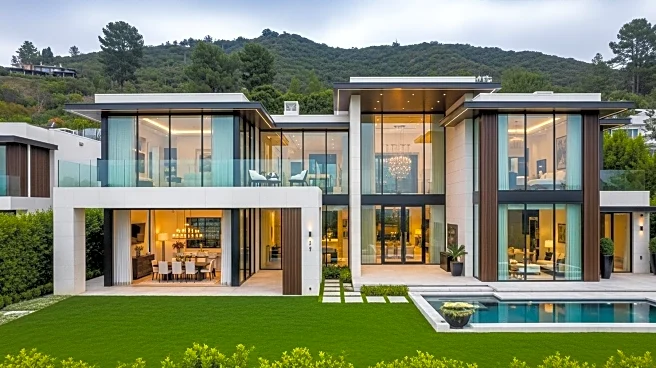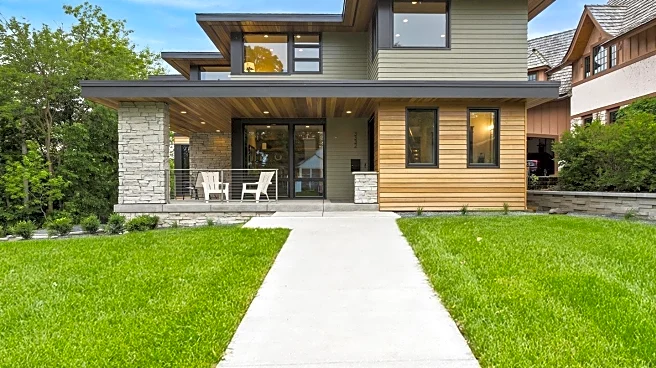What's Happening?
Two historic homes in Princeton, New Jersey, once owned by former U.S. Presidents Grover Cleveland and Woodrow Wilson, have been listed for sale at premium prices. The Georgian mansion, known as 'Westland,' was Cleveland's retirement home from 1897 until his death in 1908. It recently sold for $5.28 million after being listed for over a year. The Tudor Revival-style home, where Wilson lived until his presidency in 1912, is currently on the market for $6.5 million. This property features stained-glass pocket doors, a greenhouse, and heated bathroom floors, among other amenities. Both homes are recognized for their historical significance, with Cleveland's residence designated as a National Historic Landmark.
Why It's Important?
The sale of these presidential homes highlights the high value placed on properties with historical significance, particularly those associated with notable figures in American history. The premium prices reflect the interest in preserving and owning a piece of history, as well as the competitive real estate market in Princeton. These homes not only offer luxurious amenities but also serve as cultural landmarks, attracting buyers who value heritage and exclusivity. The transactions underscore the broader trend of increasing real estate prices in historically significant areas, impacting local market dynamics and property valuations.
What's Next?
The listing of Wilson's former home is expected to attract interest from buyers who appreciate historical properties and are willing to invest in preserving such landmarks. The upcoming Princeton Garden Tour, which includes the gardens of Wilson's former residence, may further increase interest in the property. As the real estate market in Princeton continues to evolve, these sales could influence future listings and pricing strategies for other historic homes in the area. Stakeholders, including real estate agents and historians, may engage in discussions about the preservation and marketing of such properties.
Beyond the Headlines
The sale of these homes raises questions about the balance between preserving historical integrity and modernizing properties for contemporary living. Renovations and expansions, as seen in Wilson's home, reflect the challenges of maintaining historical authenticity while meeting current market demands. Additionally, the high prices may limit access to these cultural landmarks to a select group of affluent buyers, potentially impacting public engagement with historical sites.


